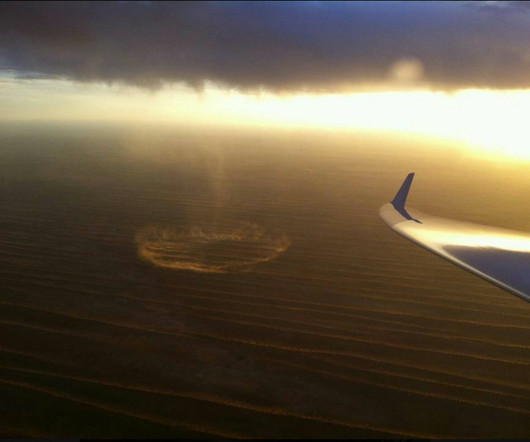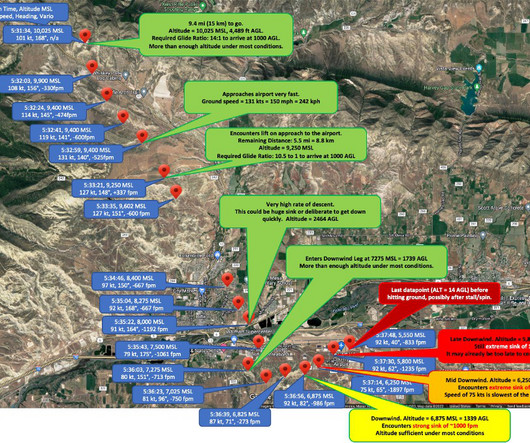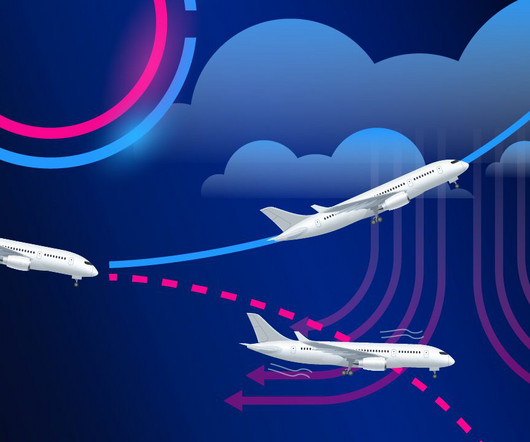Turbulence
Air Facts
OCTOBER 14, 2024
The eddies mixing with the vertical motion of the heat generating lift of the heated air makes for discomfort. The up motion of the lift vector from the surface temperatures, and the perpendicular wind vectors pushing the heated air along, make for a dynamism in space. As we turned back, the wind shear hit.













Let's personalize your content